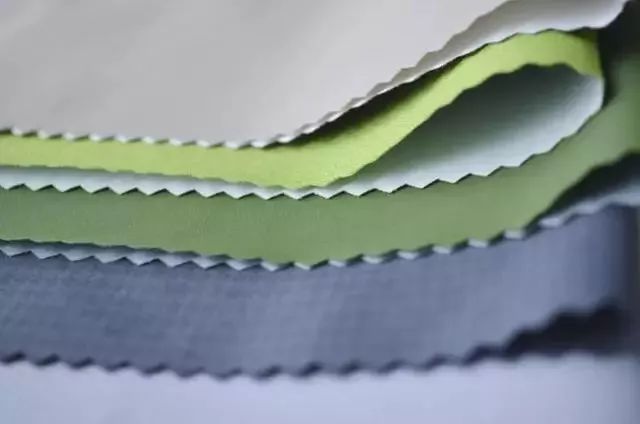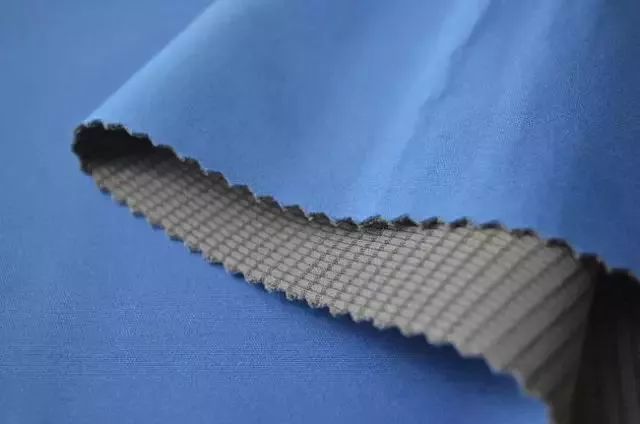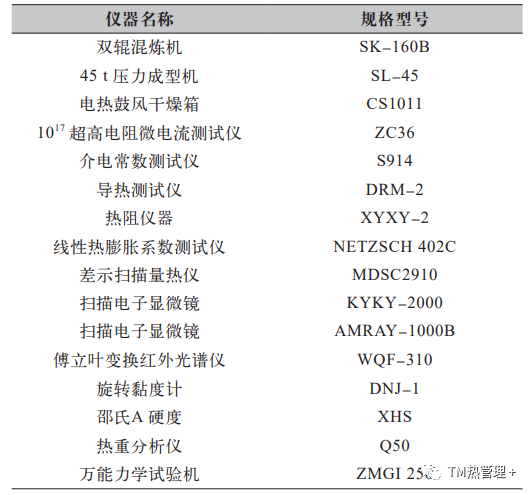Analysis of High Thermal Conductivity Insulating Polymer Composite Materials
Analysis of High Thermal Conductive Insulating PolymerComposites
Abstract: In the development of the modern electronics industry, the demand for high thermal conductivity insulating polymer composite materials continues to increase. High-quality high thermal conductivity insulating polymer materials can not only improve the accuracy of electronic components, but also extend their service life. This article uses methylethylene silica gel and three types of polyethylene as research objects to study high thermal conductivity insulating polymer materials, and conducts a comprehensive analysis of factors affecting their performance to achieve the preparation of high quality high thermal conductivity insulating polymer materials.

Keywords: High thermal conductivity insulating polymer materials, methyl vinyl silica gel, three types of polyethylene
1. Overview of high thermal conductivity insulating polymer materials
Thermal conductive materials are widely used in many industrial fields of modern social and economic development. The more traditional metallic thermal conductive materials involve gold, silver, copper, aluminum and magnesium. With the continuous deepening of research on thermal conductive materials, metal oxidation Material-type aluminum oxide, magnesium oxide, beryllium oxide, zinc oxide, nickel oxide, etc. are also gradually used in social and industrial fields as thermal conductive materials. With the gradual development of the modern electronics industry, in the selection of thermal conductive materials, high thermal conductivity insulating polymer materials are more inclined to improve the use accuracy and life of electronic components. Therefore, strengthening the analysis of high thermal conductivity insulating polymer materials is of great significance to the development of my country’s modern high-precision industries.

High thermal conductivity insulating polymer material is a modern insulating material that is lightweight, corrosion-resistant, and easy to process. Its insulation effect, mechanical properties, and fatigue resistance are also extremely good. It is a high-performance insulation that meets the needs of modern industry. Material. In the selection of thermal conductive materials for the development of modern industrial industries, metal type thermal conductive materials that are more common in the market have been difficult to adapt to the quality needs of modern industry under the influence of the evolution of industrial production and changes in quality requirements. Taking the chemical industry as an example, the heat exchange materials used in chemical production not only have strict requirements on the thermal conductivity of the material, but also need to ensure that the material has superior high temperature resistance and chemical corrosion resistance; and if it is in the electronics industry, in the power tube In the installation of electronic components such as integrated circuits and integrated circuits, it is also necessary to use high thermal conductivity insulating adhesives to improve the heat dissipation effect of electronic components and reduce the probability of short circuits in electronic components. The performance of traditional metal and metal oxide thermal conductive materials has been difficult to meet the actual needs of modern industrial development. This requires strengthening the research on high thermal conductivity insulating polymer materials and continuously improving the performance of high thermal conductivity insulating polymer materials to promote my country’s modern industrial development.
2. Preparation of high thermal conductivity insulating polymer materials
In this study, methyl vinyl silicone rubber and three types of polyethylene were mainly used to prepare high thermal conductivity insulating polymer materials. Among them, methyl vinyl silicone rubber was used as the matrix material, and it was also combined with high-performance oxidation Aluminum and aluminum nitride inorganic particles are filled as thermal conductive materials to prepare thermally conductive elastic gaskets to ensure excellent performance; then three types of polyethylene are used as the base material, including linear low-density polyethylene, high-density polyethylene, Three materials including ultra-high molecular weight polyethylene, and then nitrides—boron nitride, silicon nitride, etc.—are used as filling materials to achieve the preparation of high thermal conductivity insulating polymer materials. The specific test process is as follows.
2.1 Test materials and instruments
Materials: methyl vinyl silicone rubber; fumed silica; vinyl silicone oil; hydroxyl silicone oil; vulcanizing agent; electronic grade glass cloth, etc.; nitrides and oxides, including aluminum nitride, alumina, etc. The properties of silicone rubber and main test materials are as follows: Alumina: density 3.98 g/cm3; thermal expansion systemNumber 7.2 10-6/K; thermal conductivity 33 W/(m·K); resistivity ≥ 1014 Ω·cm; dielectric coefficient 7.0; AIN: density 3.26 g/cm3; thermal expansion coefficient 3.5 10-6/K; thermal conductivity Coefficient 160 ~ 220 W/(m·K); resistivity ≥ 1012 Ω·cm; dielectric coefficient 8.3; silicone rubber: density 1.05 g/cm3; thermal expansion coefficient 295 10-6/K; thermal conductivity 0.2 W/(m ·K); resistivity ≥ 1016 Ω·cm; dielectric coefficient 3.0. Instruments: The experimental instruments used in this study are shown in Table 1.
Table 1 Test instruments and equipment list






